Report this entry
More from the same community-collection
Photography by Jose Luis Moriel Ruiz
There is nothing more pleasing and rewarding than witnessing the ...
Photography by Juan Carlos Mata Franco (Carlos Mata)
There is nothing more pleasing and rewarding than witnessing the ...
Photography by Juan Gilberto Salazar García (Juan Salazar)
There is nothing more pleasing and rewarding than witnessing the ...
Photography by Juan Gilberto Salazar García (Juan Salazar)
There is nothing more pleasing and rewarding than witnessing the ...
Photography by Juan José Ortega Morales
There is nothing more pleasing and rewarding than witnessing the ...
Photography by Juan José Ortega Morales
There is nothing more pleasing and rewarding than witnessing the ...
Photography by Juan Pablo Quinones
There is nothing more pleasing and rewarding than witnessing the ...
Photography by Juan Pablo Quinones
There is nothing more pleasing and rewarding than witnessing the ...
Photography by Korina Rodríguez Romero (Koko Dianto)
There is nothing more pleasing and rewarding than witnessing the ...
Photography by Lorna Marie Probasco
There is nothing more pleasing and rewarding than witnessing the ...
Photography by Lorna Marie Probasco
There is nothing more pleasing and rewarding than witnessing the ...
Photography by Luis A Briseno-Thome
There is nothing more pleasing and rewarding than witnessing the ...
Photography by Luis A Briseno-Thome
There is nothing more pleasing and rewarding than witnessing the ...
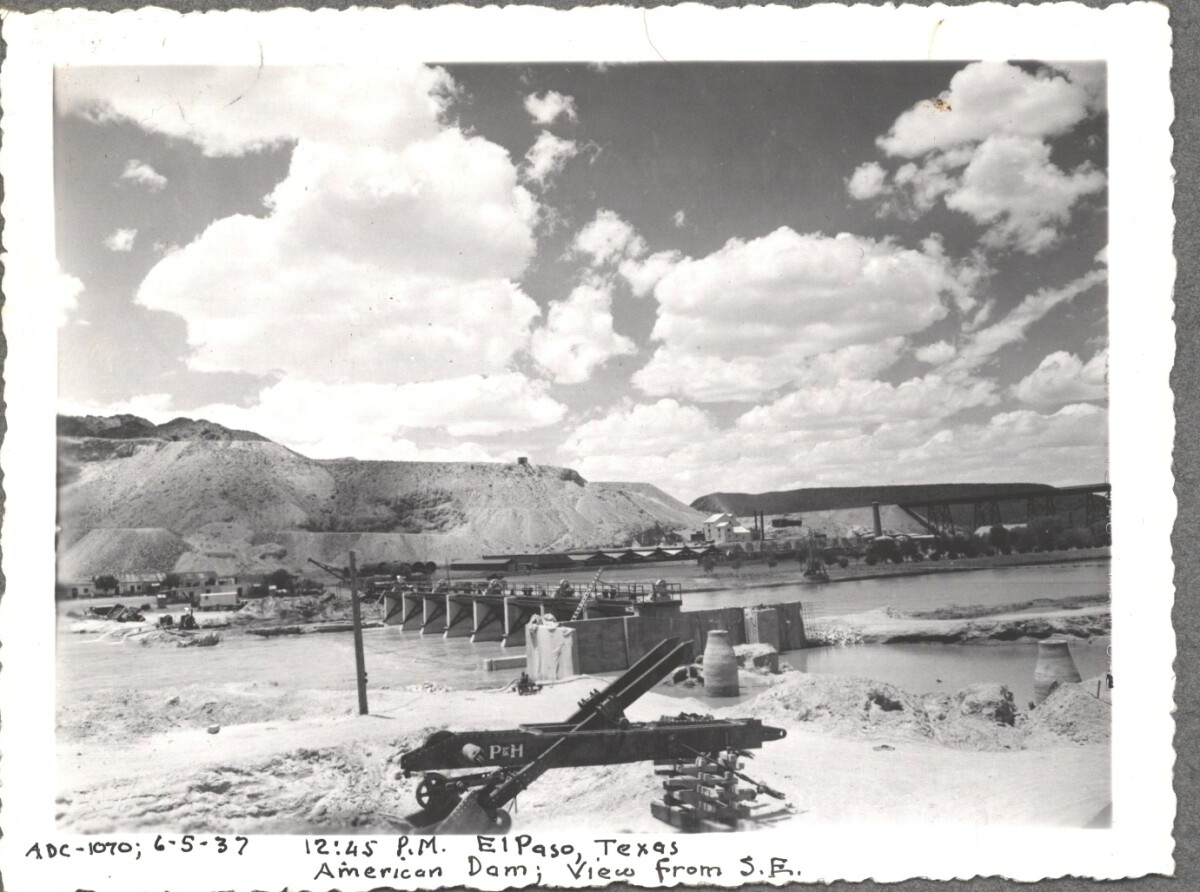
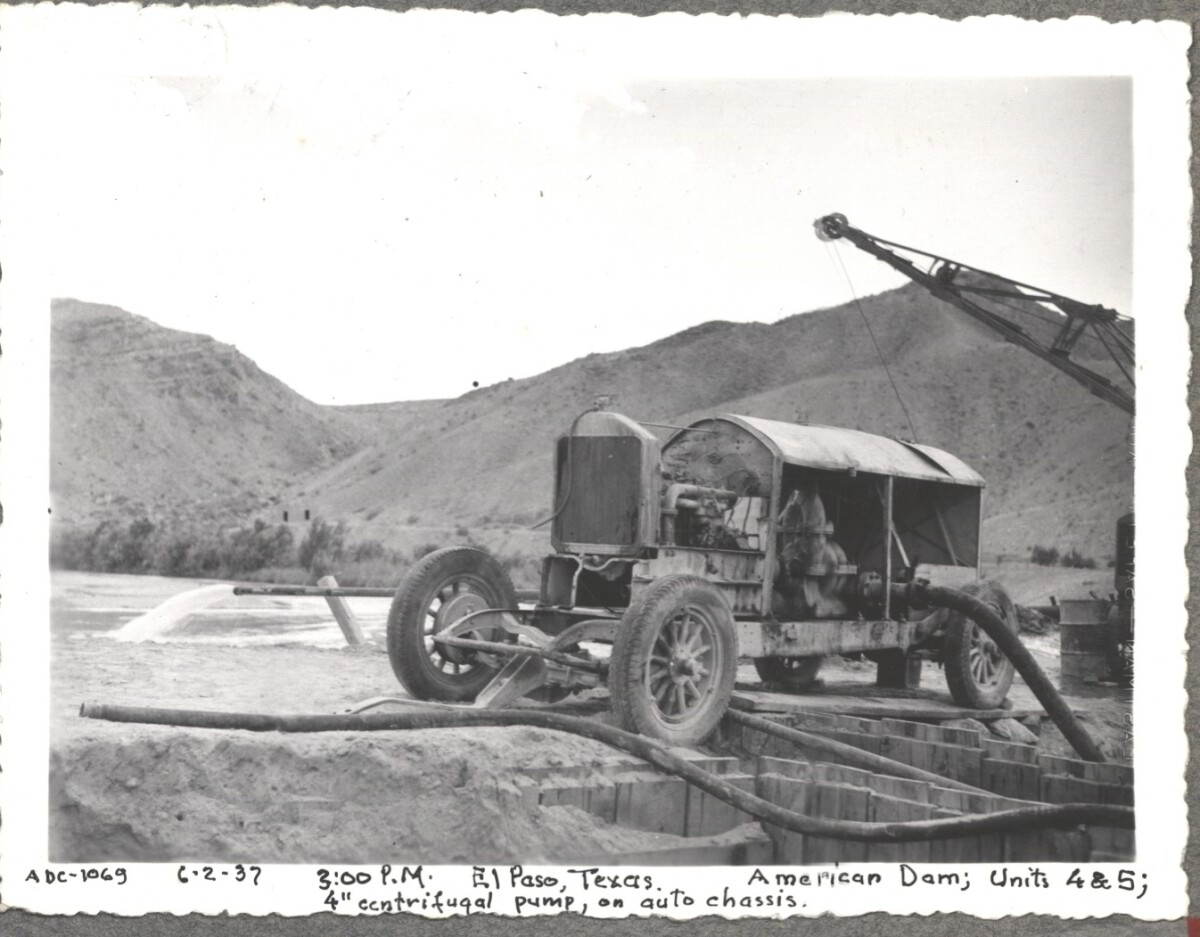
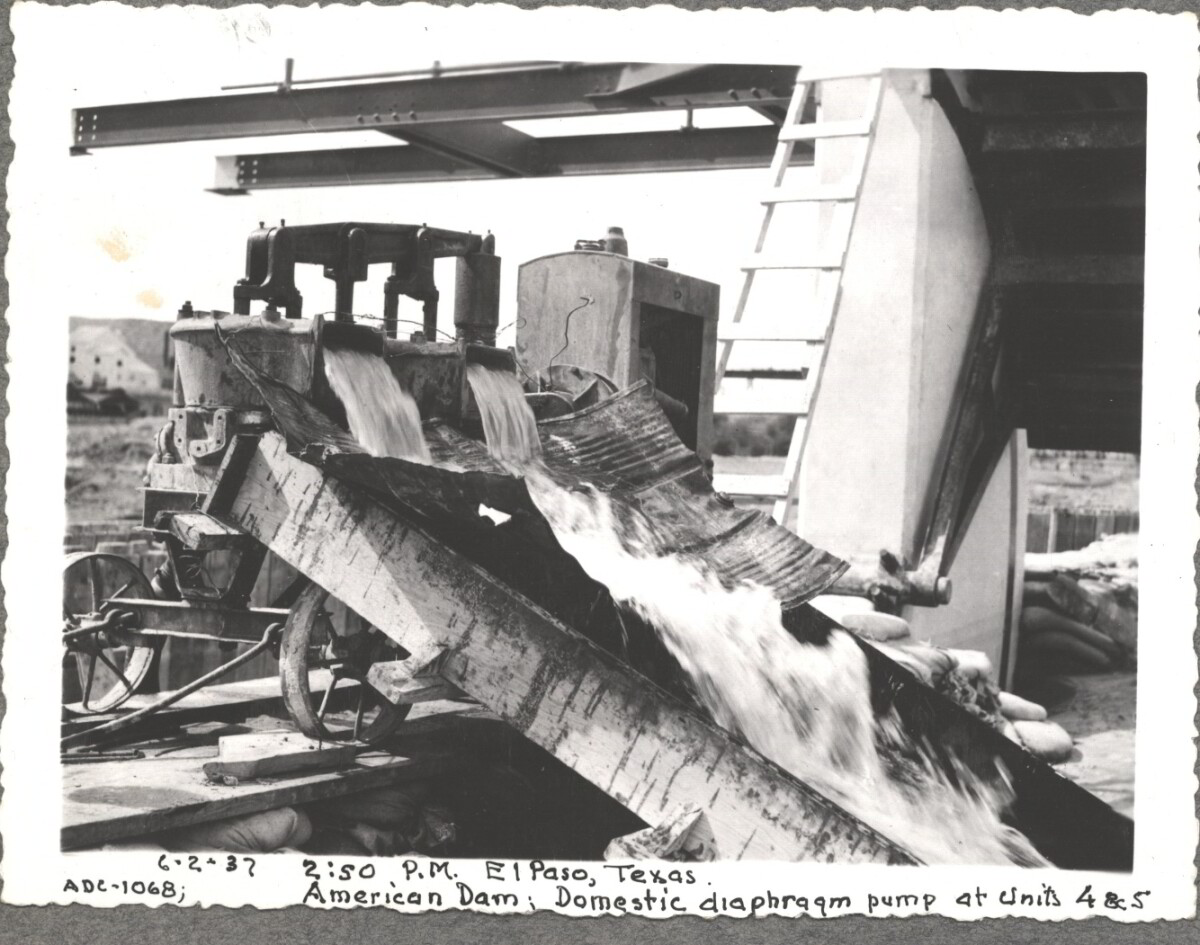
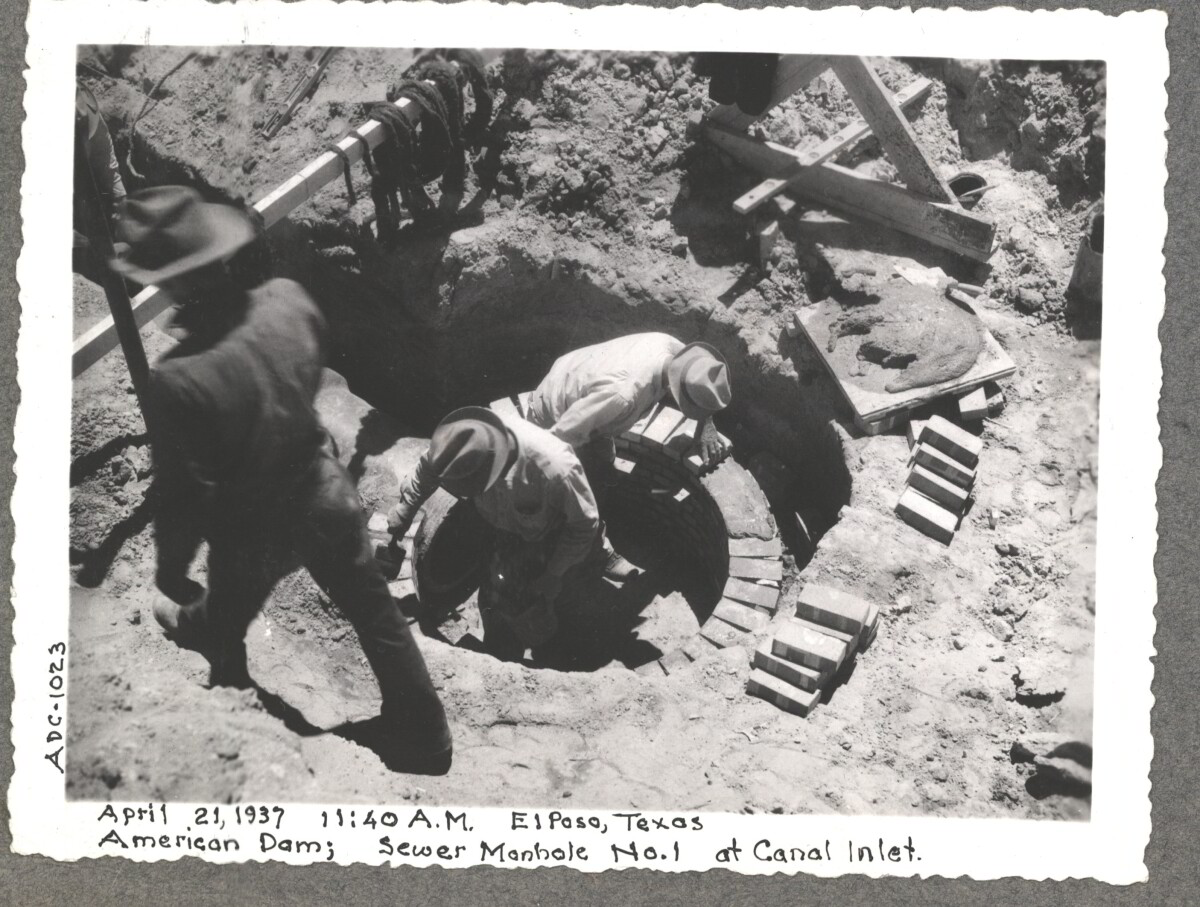
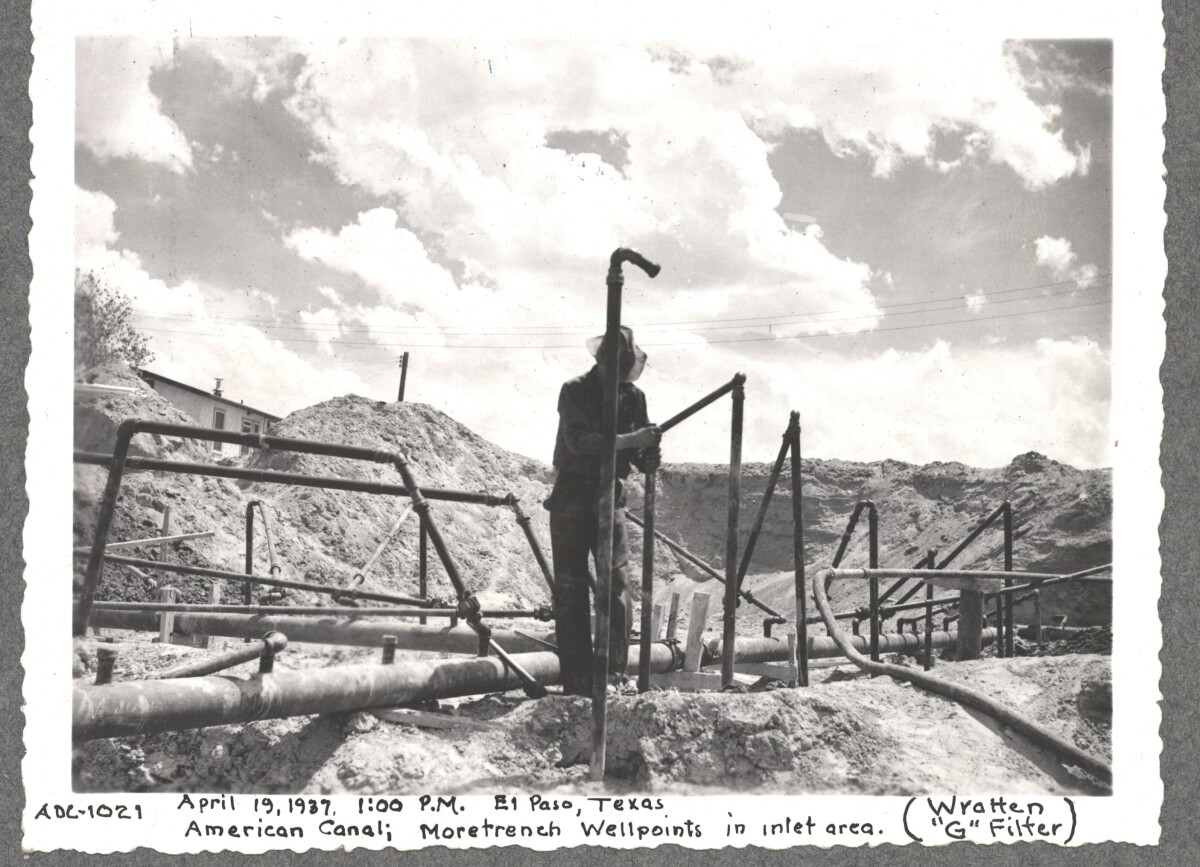
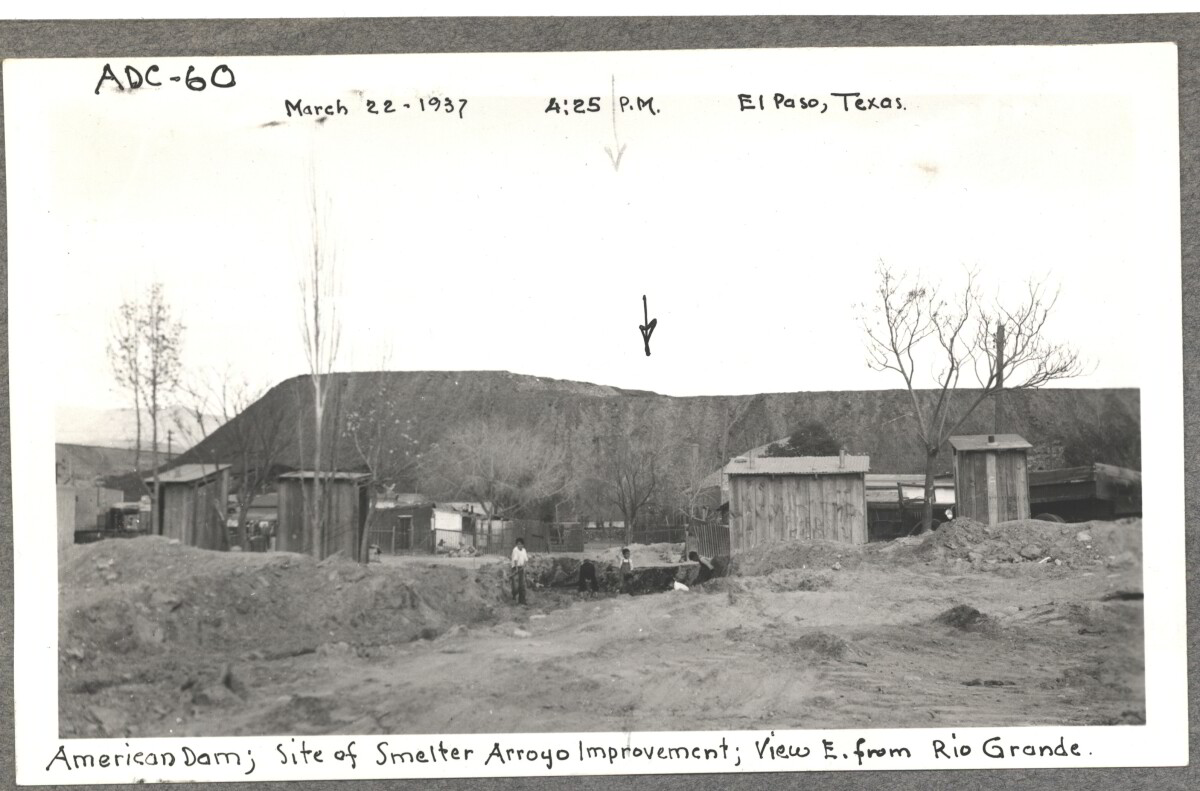
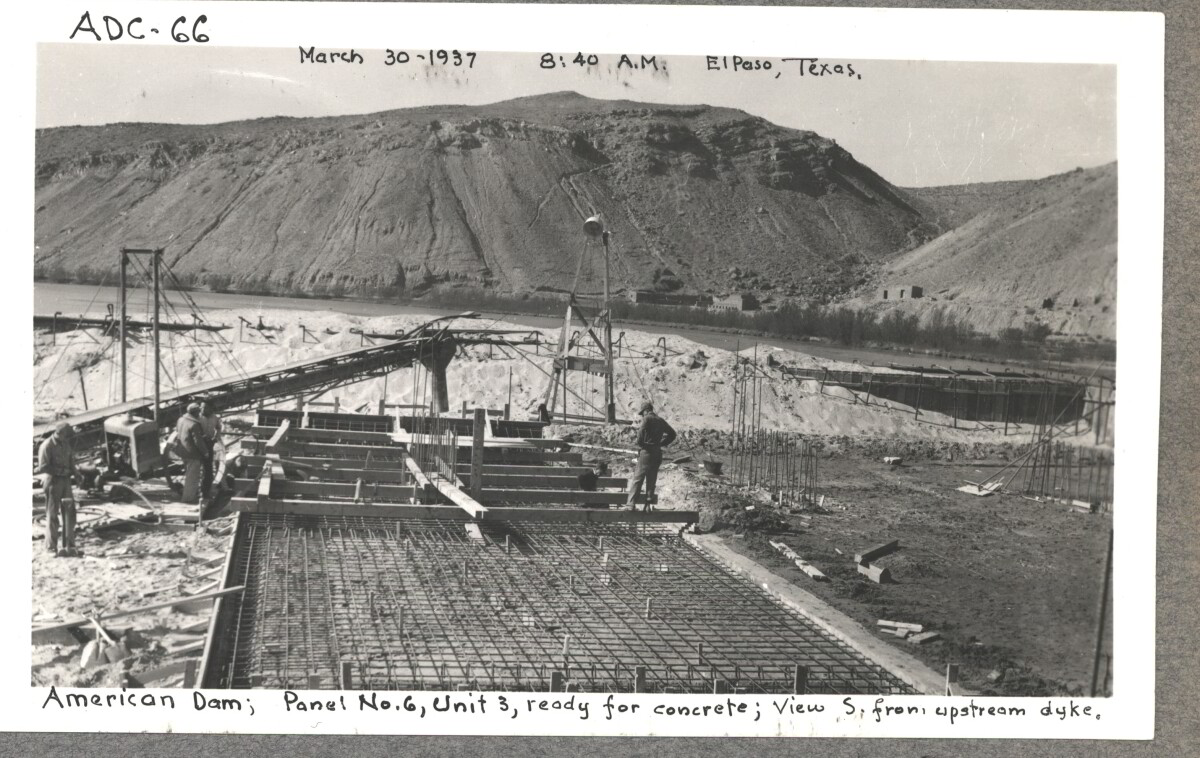
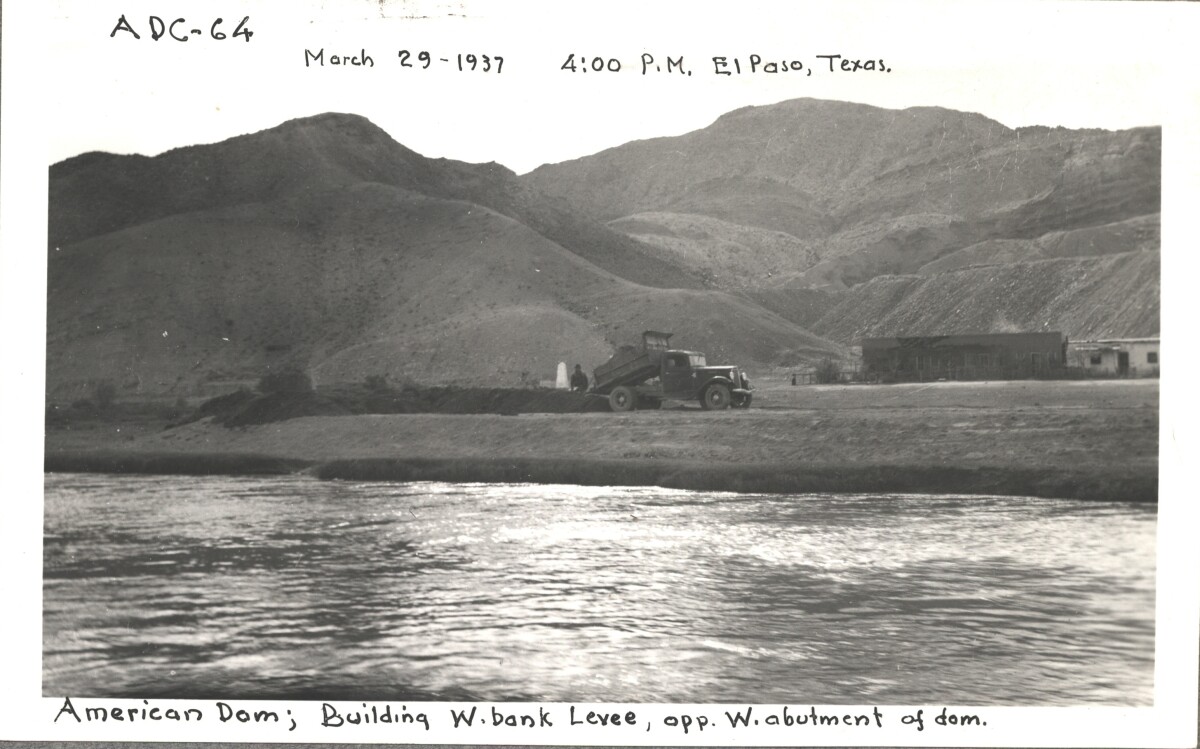
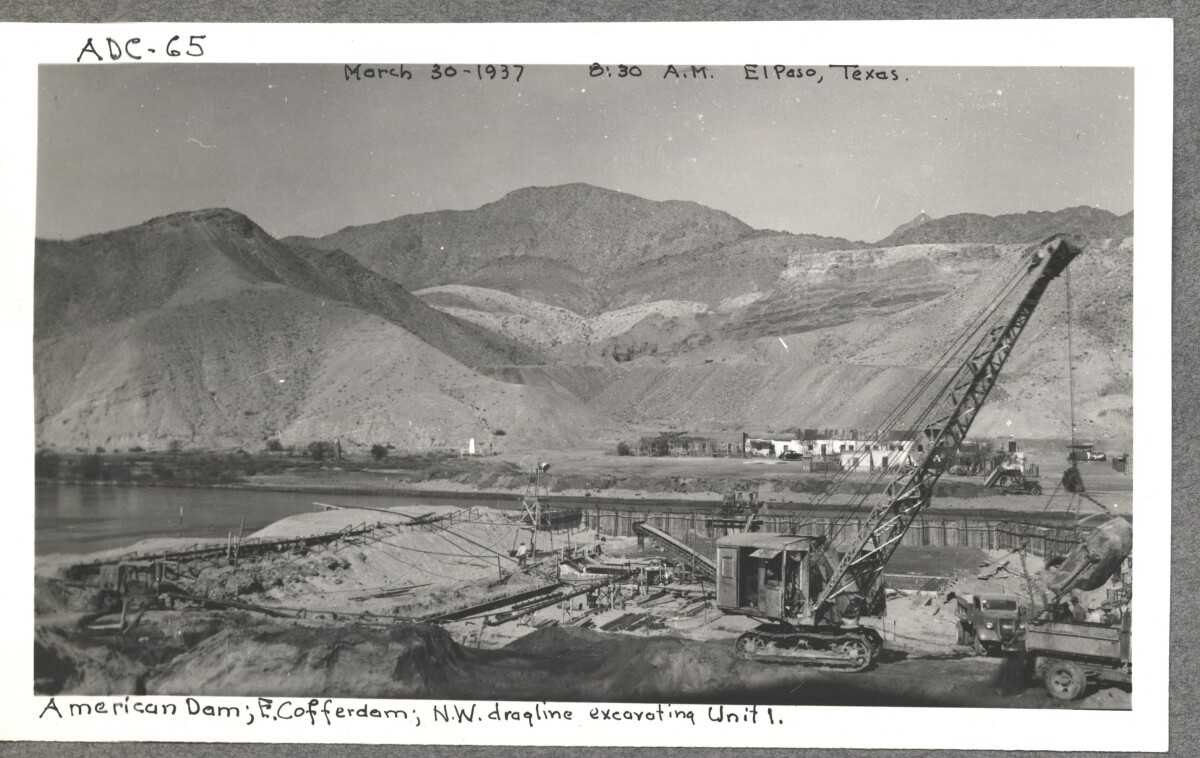
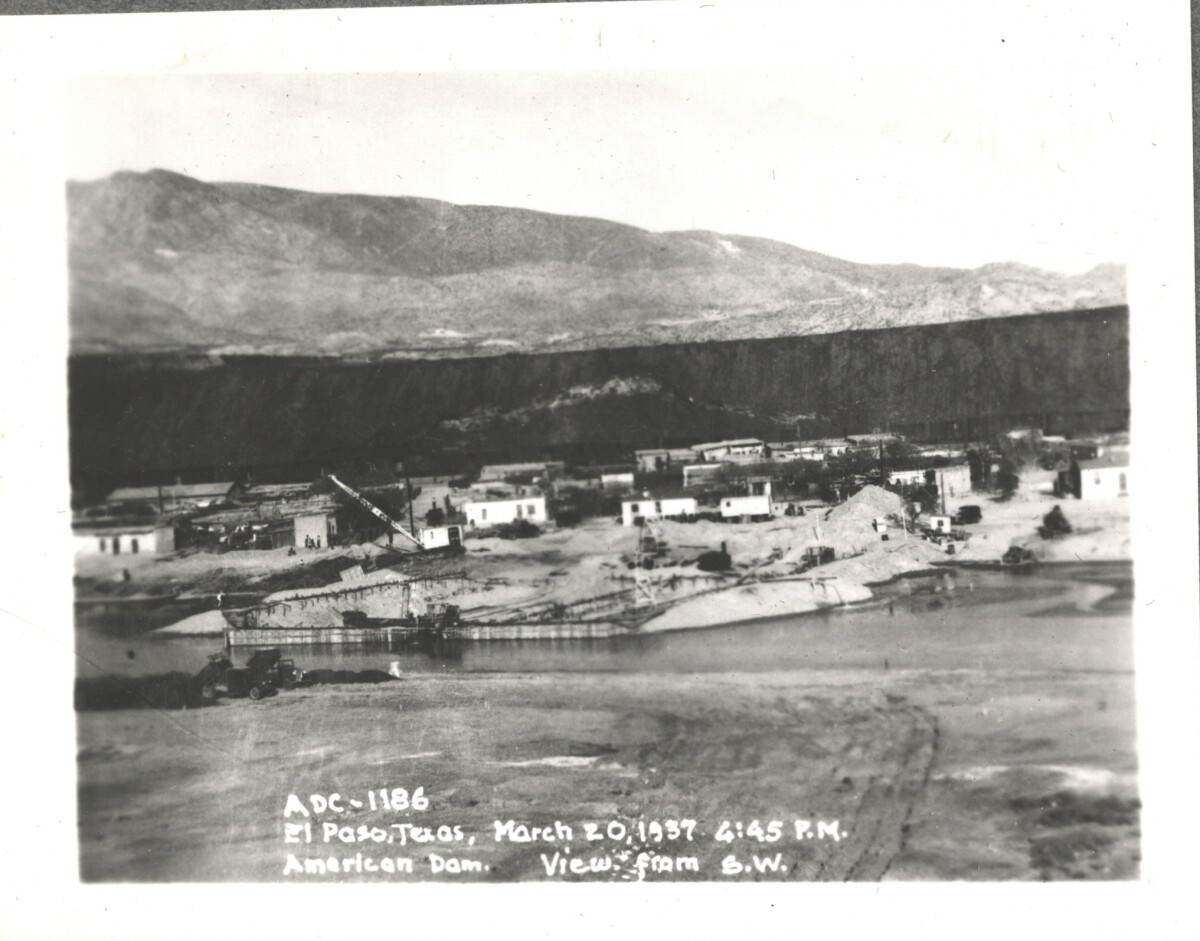
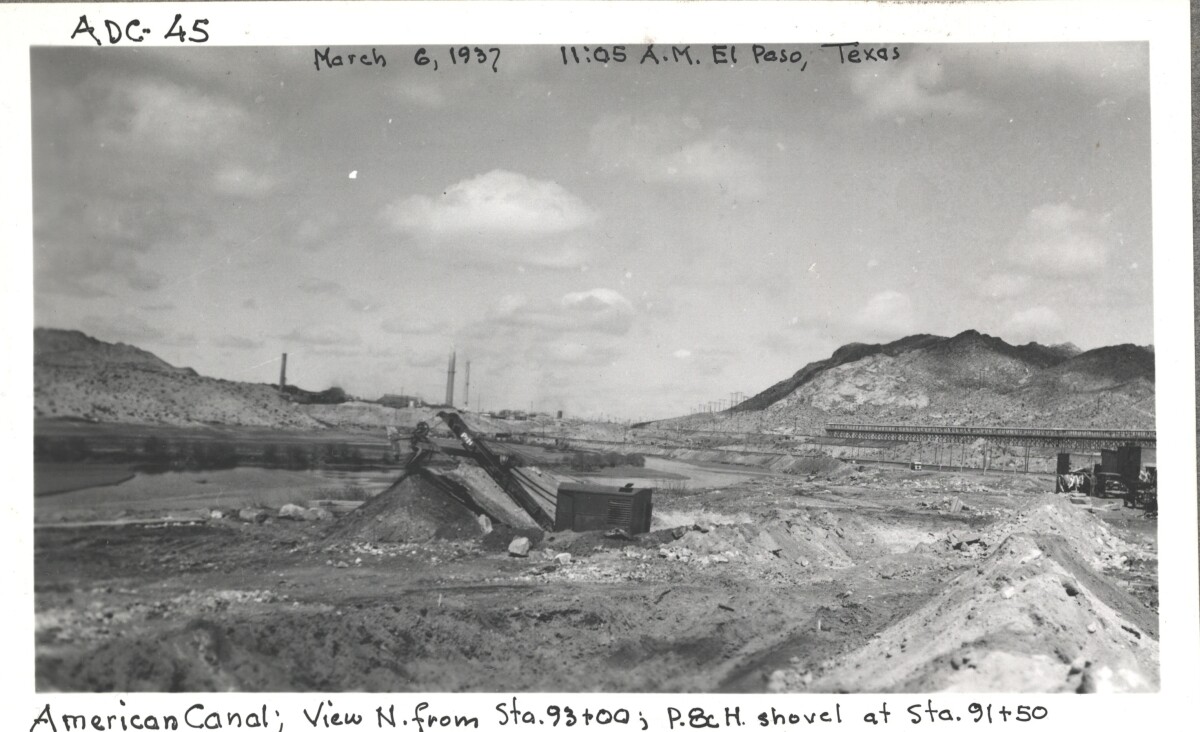
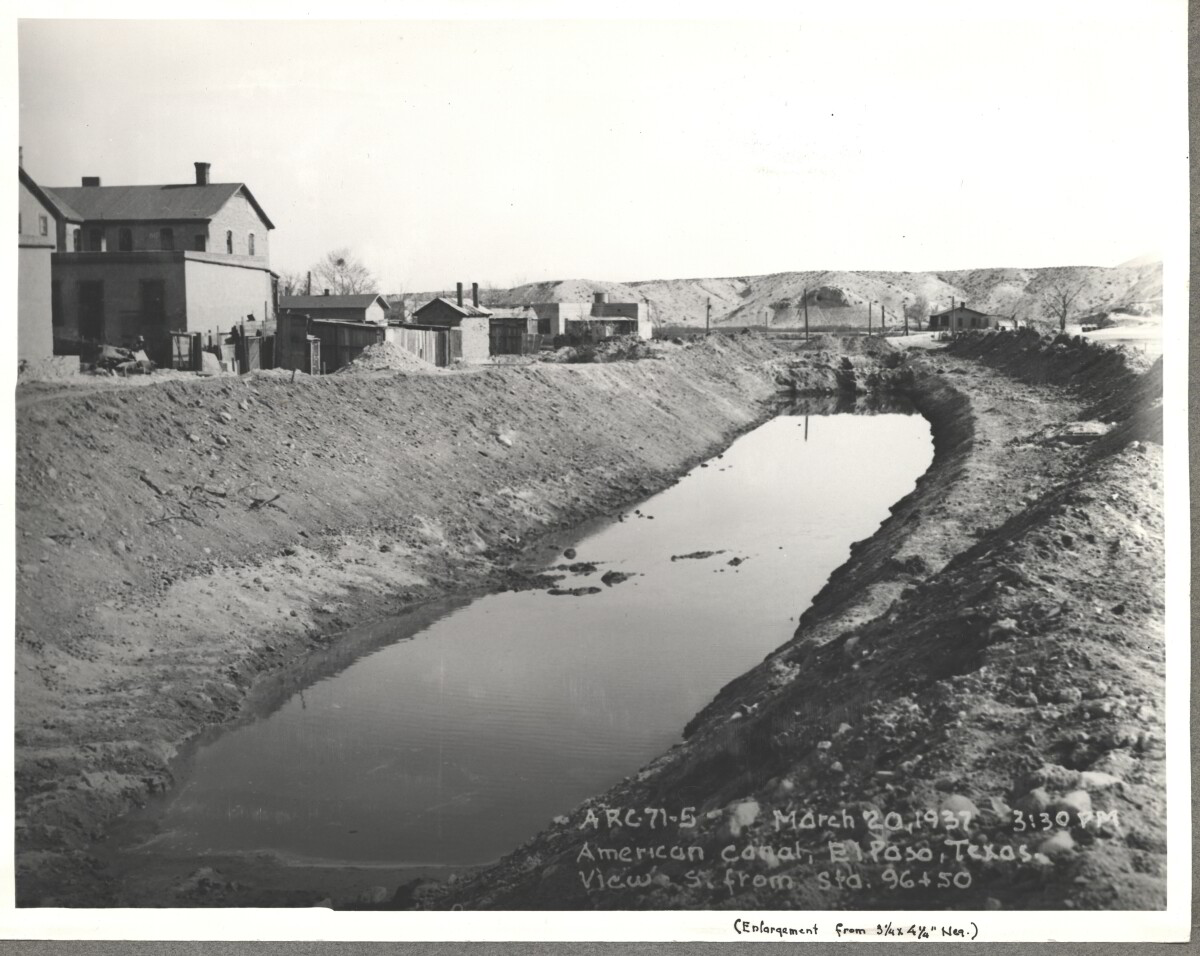
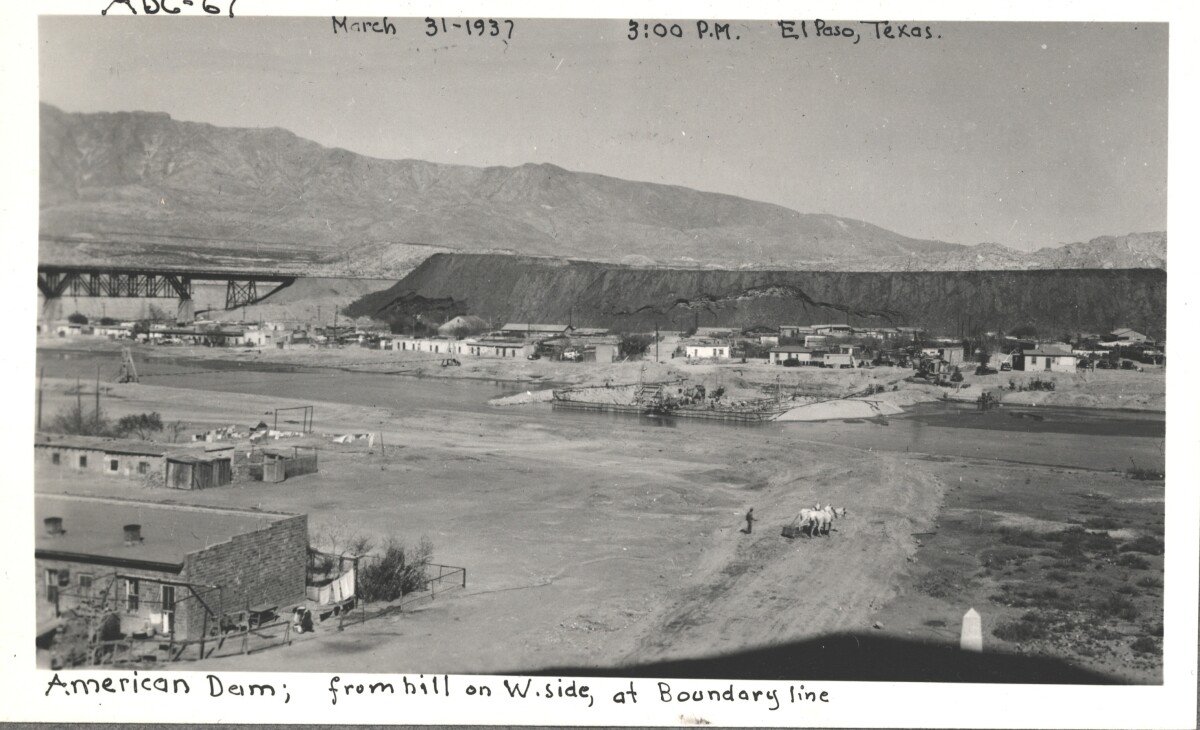
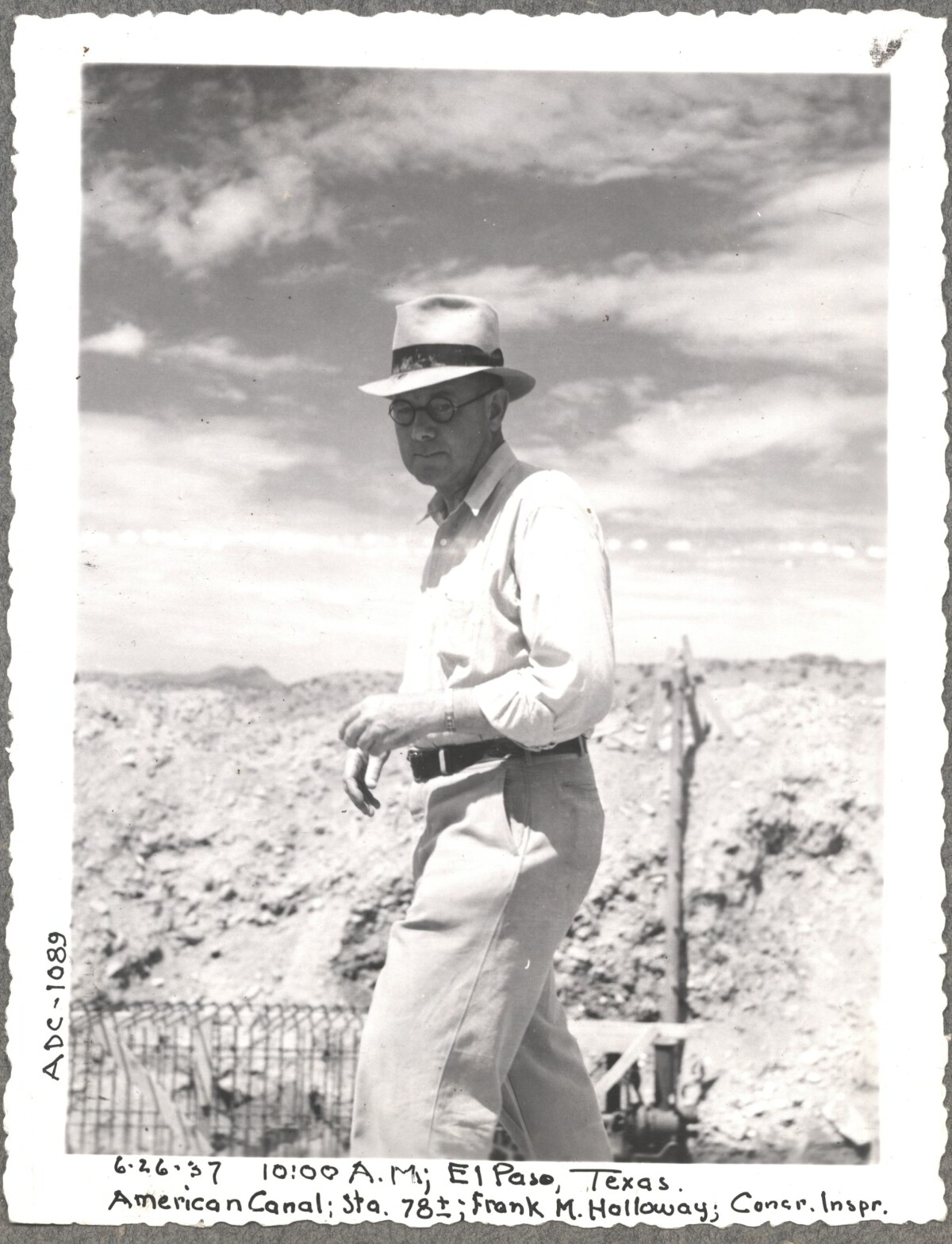
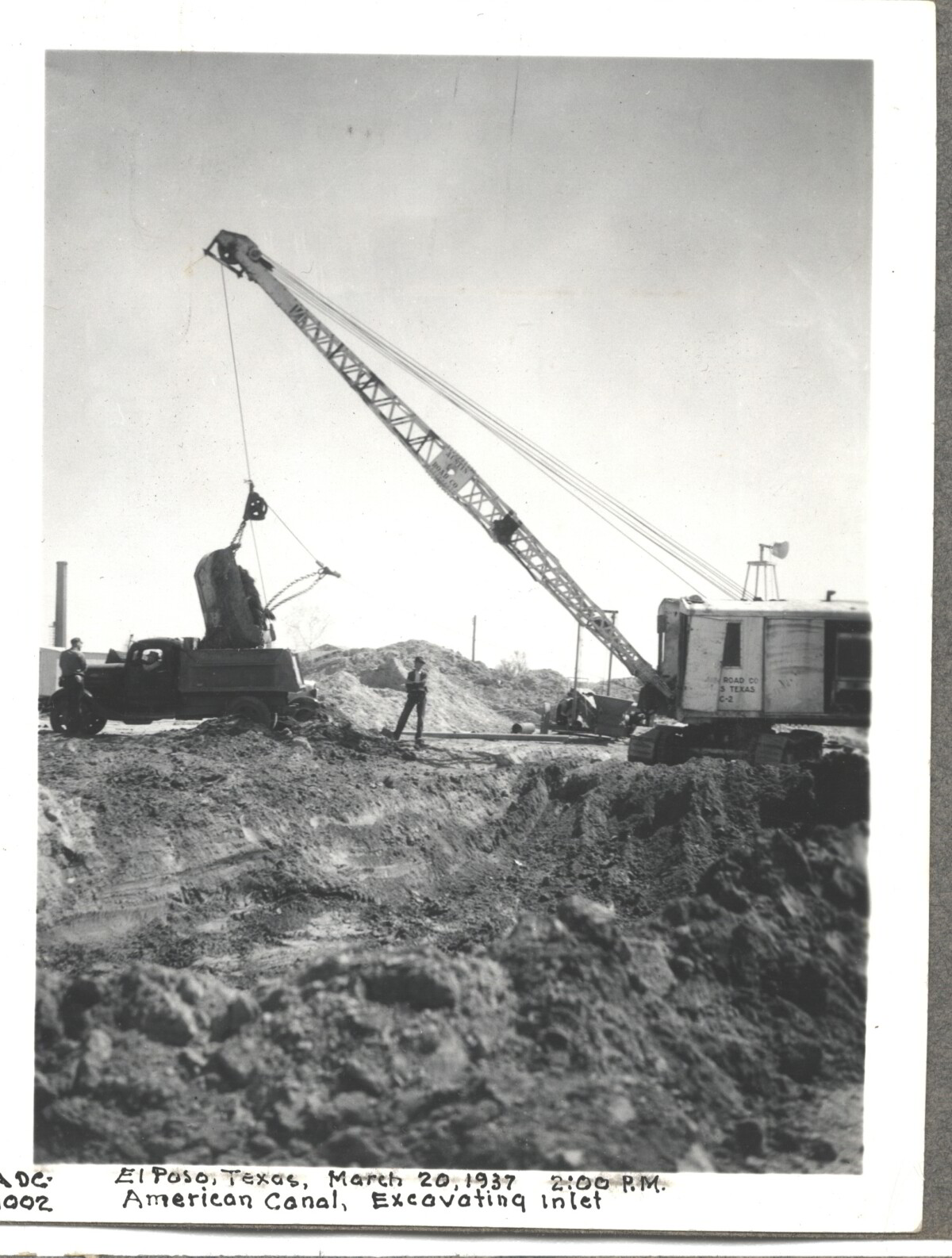
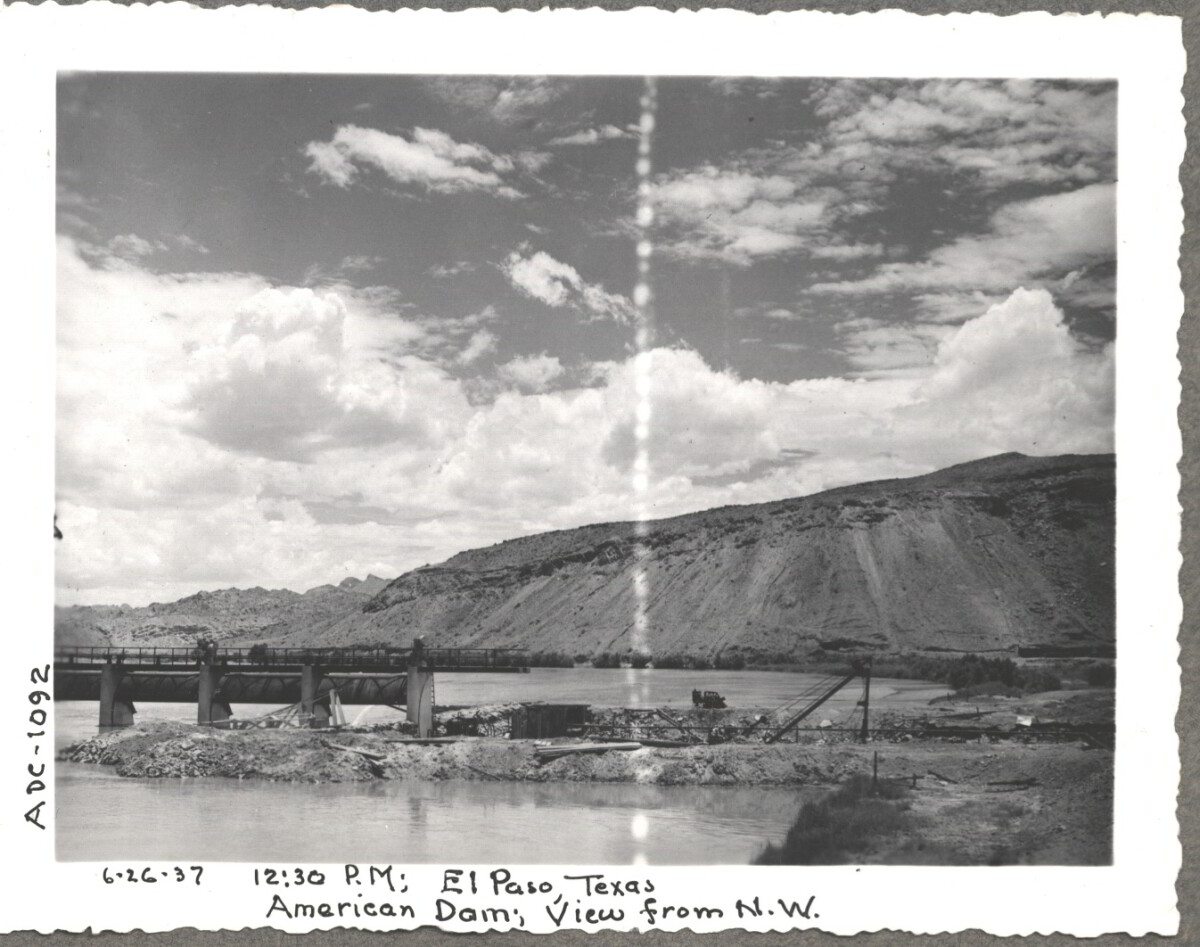
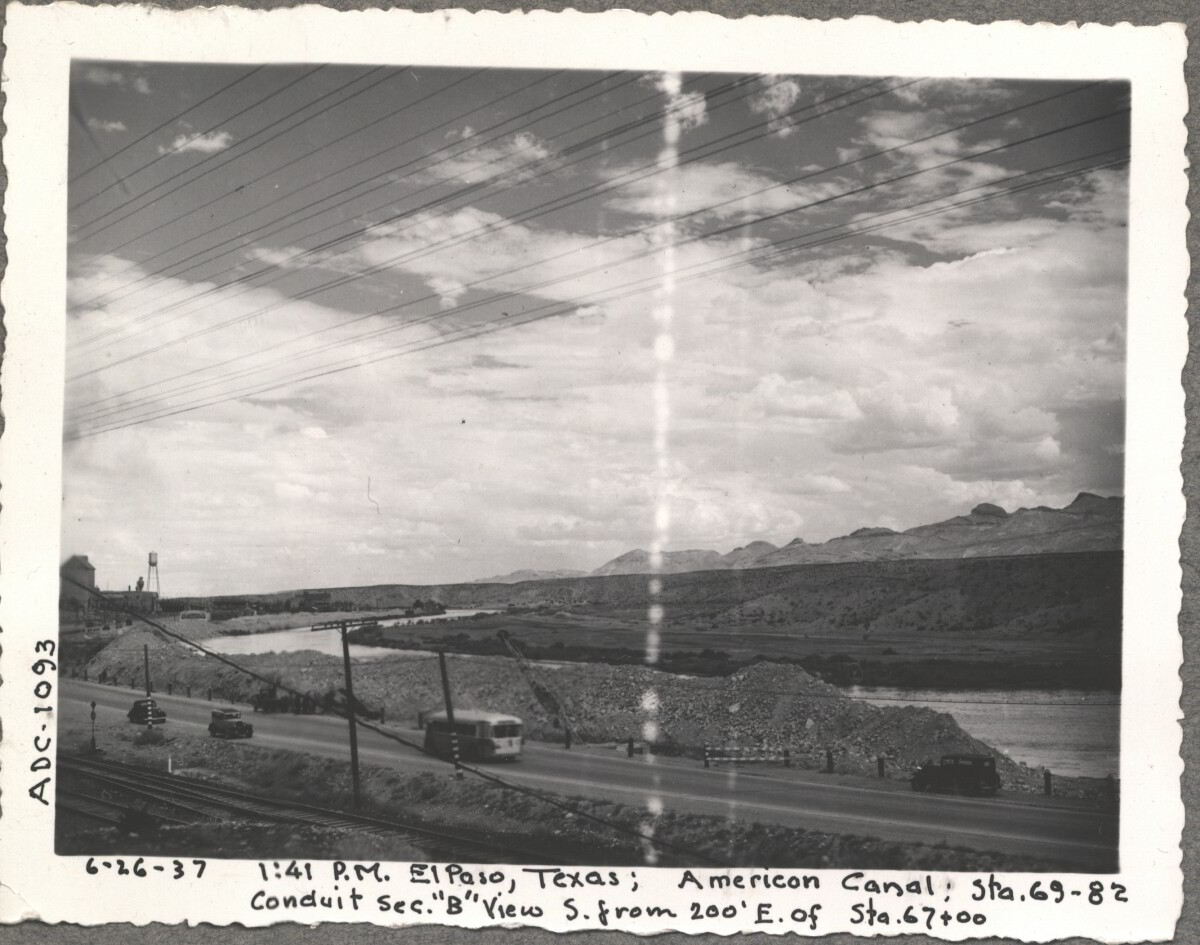
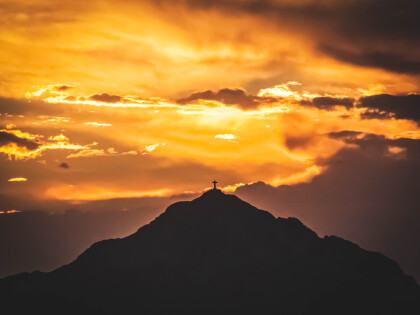

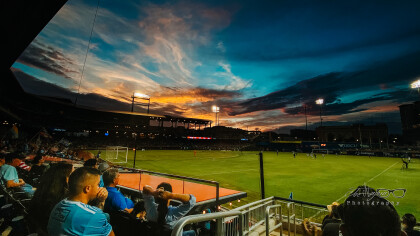
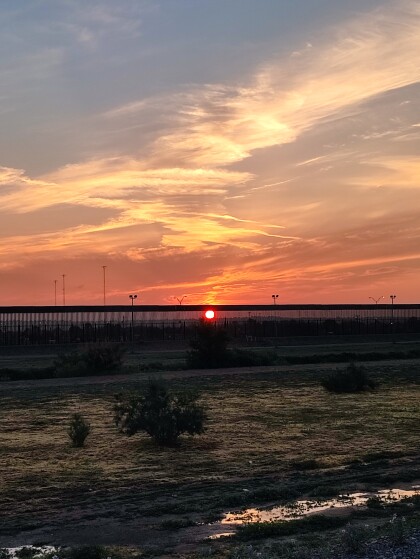
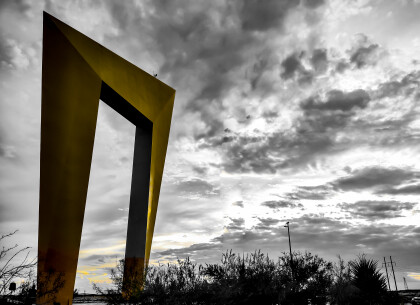
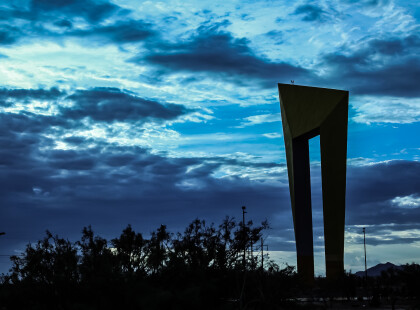
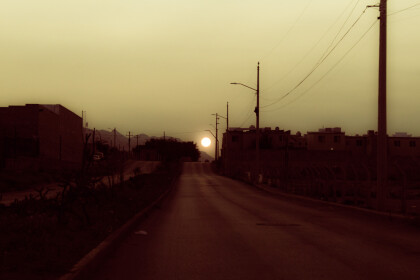
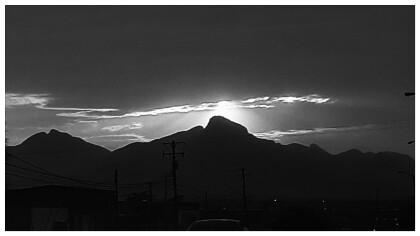

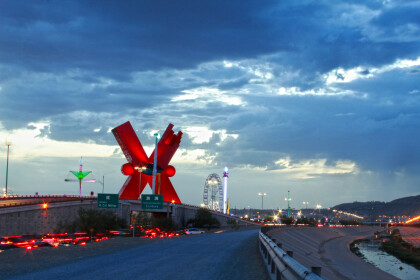
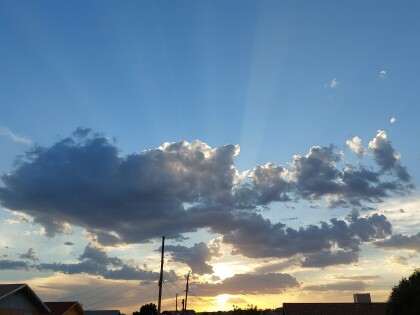
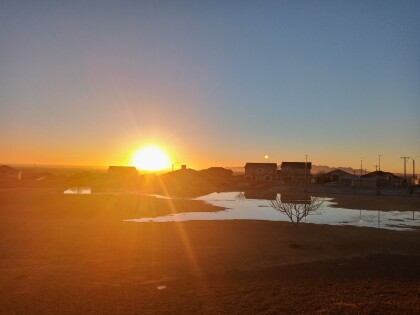
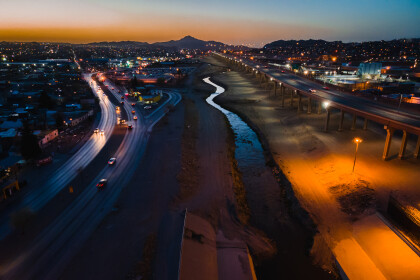
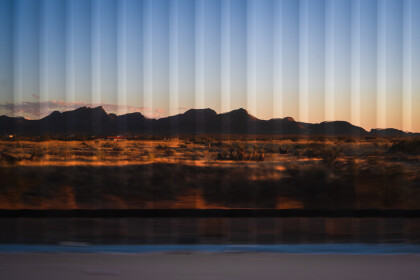
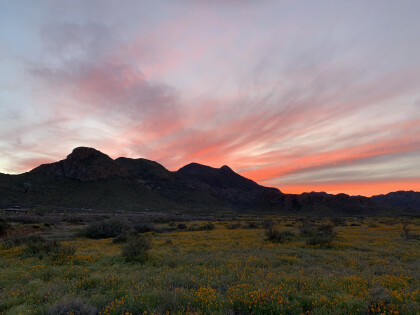
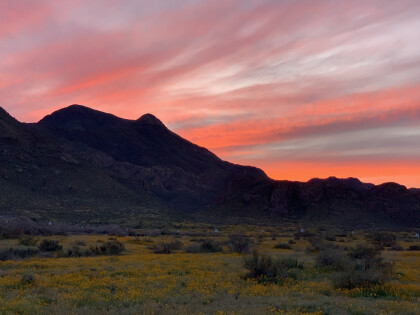
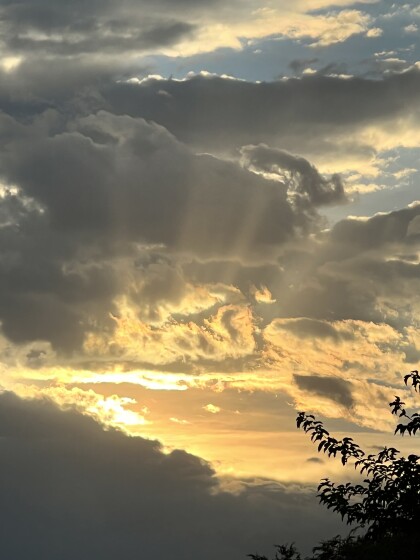
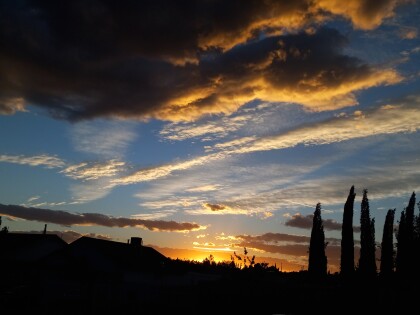
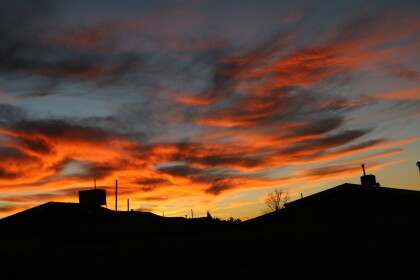
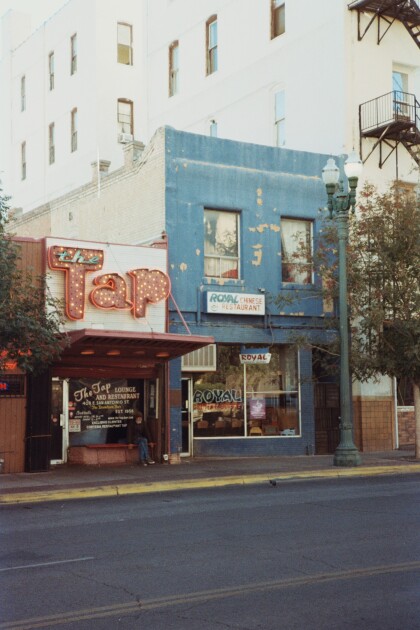
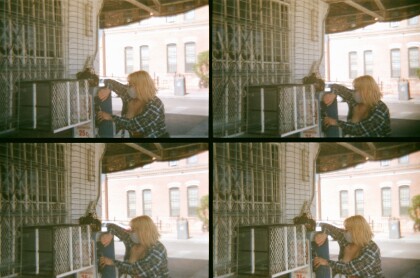

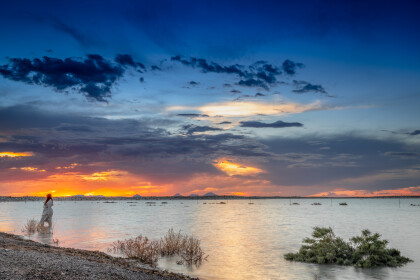
Comments
Add a comment